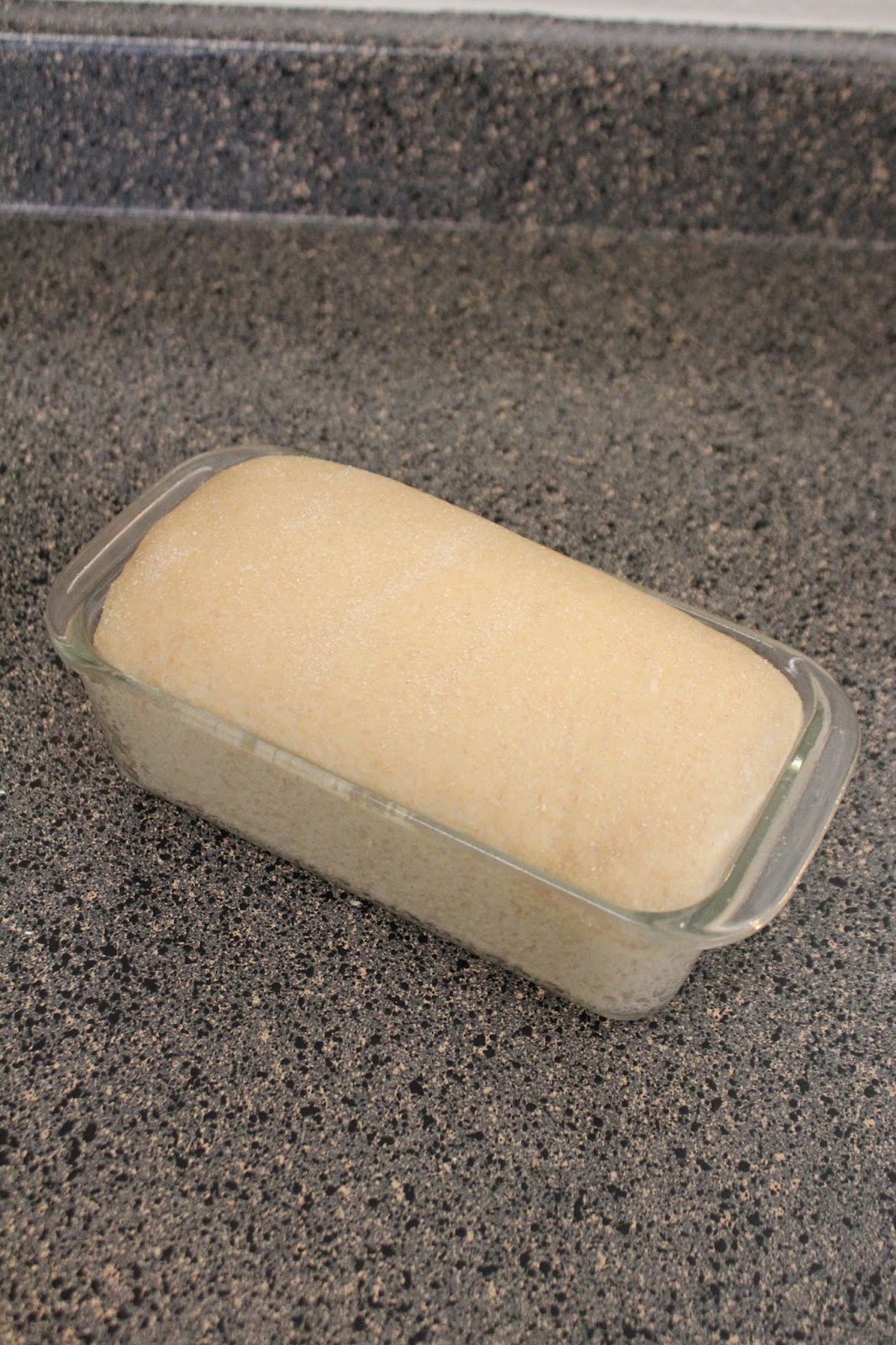This recipe is fast, and stands great on it's own. So, put away your sour cream and cheese, because this honestly tastes better without it. Also, if you have never used Orzo pasta before, you are in for a treat. It is small, and shaped like a grain of rice, so you can have a hearty "noodle soup" taste without the mess that comes along with longer noodles.
Recipe:
1 tsp. Oil
2/3 C. Diced Carrots
1/2 C. Diced Celery
1/2 C. Diced Onion
1/4 tsp. Salt
1/8 tsp. Pepper
1/2 tsp. Thyme
1/2 tsp. Parsley
2 Breasts Diced Chicken (About 2/3 lb.)
4 C. Chicken Broth
1 C. Water
1/2 C. Uncooked Orzo Pasta
1 C. Corn
2-3 C. Baby Spinach
1 T. Lemon Juice
Step 1: Dice your vegetables and chicken.
(*Tip: I have found this soup is easier to eat if the ingredients are similar sizes. Try to avoid having large chunks of chicken, medium sized slices of celery mixed in with all the naturally smaller bits. Keeping everything small also helps to evenly distribute the flavors, so every bite is balanced.)
Step 2: Heat the oil in a pan (I prefer olive oil) and saute the vegetables with the spices.
Step 3: Add chicken.
(*Tip: If you are using raw chicken, you can saute it at the same time as the vegetables. It helps cut down on dishes if you do everything in the same pot. Personally, I like to use a rotisserie chicken, because it has a better texture, and adds a little more flavor.)
Step 4: Add broth, water, orzo and corn.
Step 5: Bring to a boil and then let simmer for 20 minutes.
Step 6: Just before serving, add the baby spinach and lemon juice. Let it cook just enough to wilt the spinach leaves.
Step 7: Serve and enjoy!
(*Tip: A little trick I learned while serving soup. If you fill the ladle up 2/3 full, then double dip the ladle, the surface tension of the soup will pull any drips off the bottom. This prevents you from dripping across your table, or counter as you fill up your bowls! Amazing huh!)





























































